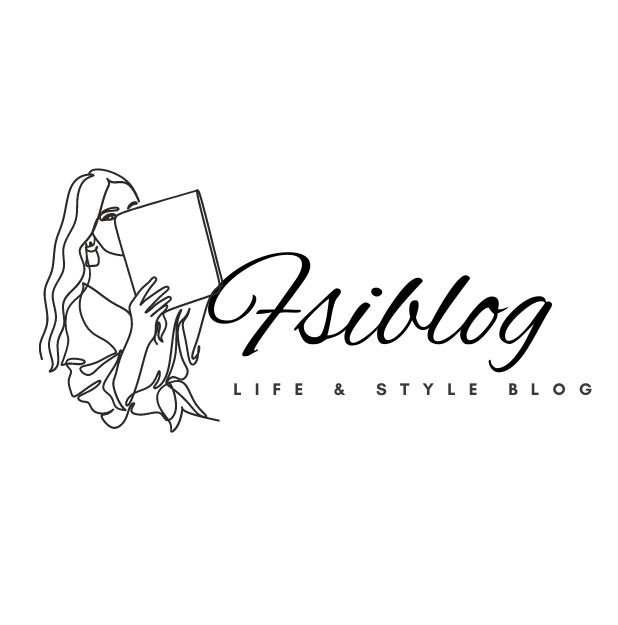Looking stylish doesn’t have to break the bank. You can achieve a fashionable look while sticking to a budget. Here’s a practical guide on looking chic without overspending, using simple tips, examples, and strategies to help you create a stylish wardrobe that fits your financial plan.
Plan Your Wardrobe Basics
Your wardrobe should have a solid foundation; the key to building it is to focus on basic clothing pieces. These are items you can wear in multiple ways across different outfits.
List of Wardrobe Basics:
- A well-fitting pair of jeans
- A classic white t-shirt
- A neutral blazer
- Black pants
- Comfortable shoes (flats, boots, and sneakers)
- A little black dress (LBD)
Tip: Stick to neutral colors like black, white, navy, or beige for your basics, as they are versatile and never go out of style.
Shop During Sales and Off-Season
One of the easiest ways to save money on clothing is by shopping during sales or off-season. Stores often discount items at the end of each season to make room for new collections.
For example, buy winter coats in February or March when stores are clearing out their stock, and save up to 50% or more.
| Time of Year | Item to Purchase | Discount Percentage |
|---|---|---|
| End of Summer (August) | Swimsuits, Summer Dresses | 30%-50% off |
| After Christmas (January) | Winter Coats, Scarves | 40%-60% off |
| Mid-Spring (April) | Last Year’s Spring Shoes | 20%-40% off |
Tip: Keep an eye on online and in-store sales, and sign up for newsletters to get first-hand information on discounts.
Thrift Shopping and Secondhand Stores
Thrifting is an excellent way to find unique and affordable pieces. Many secondhand stores carry high-quality, gently used items for a fraction of the price you would pay in regular stores.
Tip: Look for quality over quantity when thrifting. Check for sturdy fabrics, good stitching, and timeless designs that can work in your wardrobe for a long time.
Mix and Match Outfits
Instead of buying new clothes all the time, learn to mix and match what you already have. This can create the illusion of a larger wardrobe without the expense.
Example: Pair a simple white t-shirt with jeans for a casual look, or add a blazer and heels. One item can be used in multiple ways depending on your style.
| Item | Casual Outfit | Dressy Outfit |
|---|---|---|
| White T-Shirt | Paired with jeans and sneakers | Paired with a blazer and heels |
| Black Dress | With sandals and a sunhat | With a statement necklace and pumps |
| Denim Jacket | Over a summer dress | With black pants and a blouse |
Accessorize Smartly
Accessories can elevate even the simplest outfit. You don’t need to spend much on clothes if you have the right accessories to complement them.
Tips for Smart Accessorizing:
- Invest in a few good-quality accessories like a leather belt or a nice handbag.
- Scarves, hats, and jewelry can change an outfit without requiring a new wardrobe.
- Stick to classic styles for your accessories so they don’t go out of trend.
DIY Fashion Updates
You can refresh your wardrobe without spending much money by making small changes to your clothes. Simple DIY alterations like hemming pants or changing buttons on a coat can give your clothes a new look.
DIY Fashion Update Ideas:
- Shorten the sleeves of an old shirt to make it more summer-friendly.
- Add new buttons to a blazer to give it a fresh look.
- Revive the look of an old shirt or jeans by using fabric dye to refresh their color.
Choose Quality Over Quantity
Instead of buying many cheap items that don’t last long, investing in fewer high-quality pieces is better. Well-made clothing may cost more upfront, but it will save you money in the long run because it lasts longer.
Borrow or Swap Clothes
Consider borrowing or swapping clothes with friends or family if you need something special for a one-time occasion. This is especially useful for events like weddings or formal dinners, where you may not want to invest in an outfit you’ll only wear once.
Example: If your friend has a dress you love, offer to let them borrow something of yours in exchange for wearing their dress to an event.
Set a Clothing Budget
Setting a monthly or yearly budget for clothes can help you stay on track and avoid overspending. It also encourages you to make thoughtful purchases instead of impulsive buys.
Example Budget:
| Category | Monthly Budget |
|---|---|
| Work Clothes | $50 |
| Casual Wear | $40 |
| Special Occasion Wear | $30 |
| Accessories | $20 |
| Total | $140 |
Tip: Track your spending to ensure you stay within your budget and adjust it as necessary.
Look for Timeless Trends
Not all trends are worth following, especially if they go out of style quickly. Instead, focus on timeless trends that are always in style.
Timeless Trends to Look For:
- Stripes
- Floral patterns
- Monochrome outfits
- Denim jackets
- Classic trench coats
Tip: Avoid spending too much on trends that last only for one season. Invest in pieces that will look good year after year.
Create a Capsule Wardrobe
A capsule wardrobe consists of a compact selection of versatile clothing pieces that can be easily mixed and matched. You can create many different outfits without buying more by focusing on fewer items.
Example: A capsule wardrobe for work could include:
- 2 pairs of neutral pants
- 2 skirts
- 5 blouses
- 1 blazer
- 2 pairs of shoes
This enables you to craft various outfits by combining different pieces.
Understand when it’s wise to invest and when to cut costs.
Not every piece of clothing needs to be a splurge. Save on items you’ll wear only occasionally, and splurge on pieces you’ll wear often.
Example: Spend more on a good pair of work shoes you’ll wear daily. Save on trendy accessories that you might not use frequently.
| Item | Splurge or Save? |
|---|---|
| Work shoes | Splurge |
| Trendy jewelry | Save |
| Winter coat | Splurge |
| Swimsuit | Save |
By following these tips, you can create a chic wardrobe without overspending. Remember, looking stylish isn’t buying expensive clothes—making choices, mixing and matching what you have, and adding thoughtful touches that express your style.

